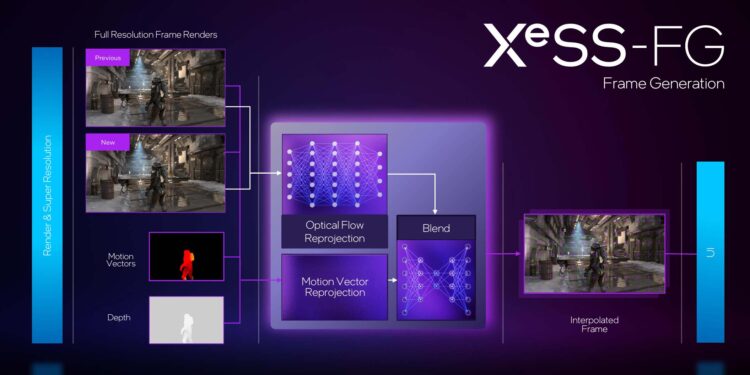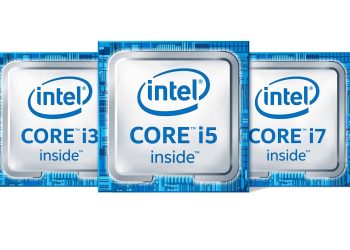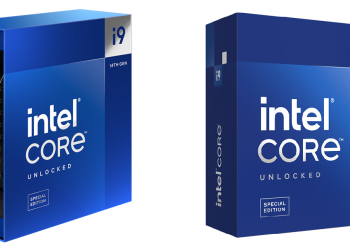Intel just surprised us by releasing XeSS 2.1, an update that lets other GPUs, yes, AMD and Nvidia cards, run its AI-based frame generation system. This means if you own an RTX 30-series GPU, you’re finally getting a Team Blue-shaped bone to chew on for smoother gameplay.
For ages, Intel news and good news felt like rare combos, but this one counts. XeSS, Intel’s tech toolkit for game devs, helps games run better by upscaling, generating frames, and cutting latency. Until now, only the upscaling part could run on non-Intel GPUs, thanks to two versions: one using matrix cores on Intel’s Alchemist or Battlemage chips, and a compute shader version for other GPUs.
Both versions boost performance similarly, though the matrix core method looks a bit nicer. With XeSS 2.1, the same split applies to XeSS-FG (frame generation). The catch? Your GPU must support Shader Model 6.4, so AMD’s Radeon RX 6000, 7000, and 9000 series and Nvidia’s RTX 30, 40, and 50 series can join the party. Funny how more non-Intel GPUs support this than actual Intel ones!
So, how does Intel’s frame generation work? It’s basically like AMD’s FSR and Nvidia’s DLSS 3. The system renders two frames, stores them in VRAM, and uses compute shaders to estimate the in-between frame. These frames get stitched together for a smoother, faster flow on your screen. Pretty neat, right?
There’s a difference depending on your GPU. On Intel Arc cards, the frame interpolation runs through a neural network on matrix cores. On AMD or Nvidia cards, it’s handled by compute shaders, like FSR frame gen. This might change the visuals slightly, but performance gains should be similar. The snag? We don’t have a game with XeSS 2.1 support yet to test this. Existing games with XeSS-FG cannot simply enable XeSS-FG for non-Intel GPUs without some code tweaks.
Developers will need to adjust their implementations for multi-vendor support. It doesn’t seem like a tremendous job, so hopefully, more games will have XeSS-FG working on AMD and Nvidia soon. The problem is that only 22 games currently support XeSS 2, according to Intel’s list. Will devs bother adding it? Who knows.
Honestly, having more options is always a win. Usually, you just use the upscaler your GPU vendor makes, DLSS for Nvidia, FSR for AMD, XeSS for Intel. But RTX 30 owners can’t use DLSS frame generation, so thanks to AMD and now Intel, they’re not out of luck. Cool, huh?
What do you think about Intel opening up XeSS frame generation to other GPUs?





















